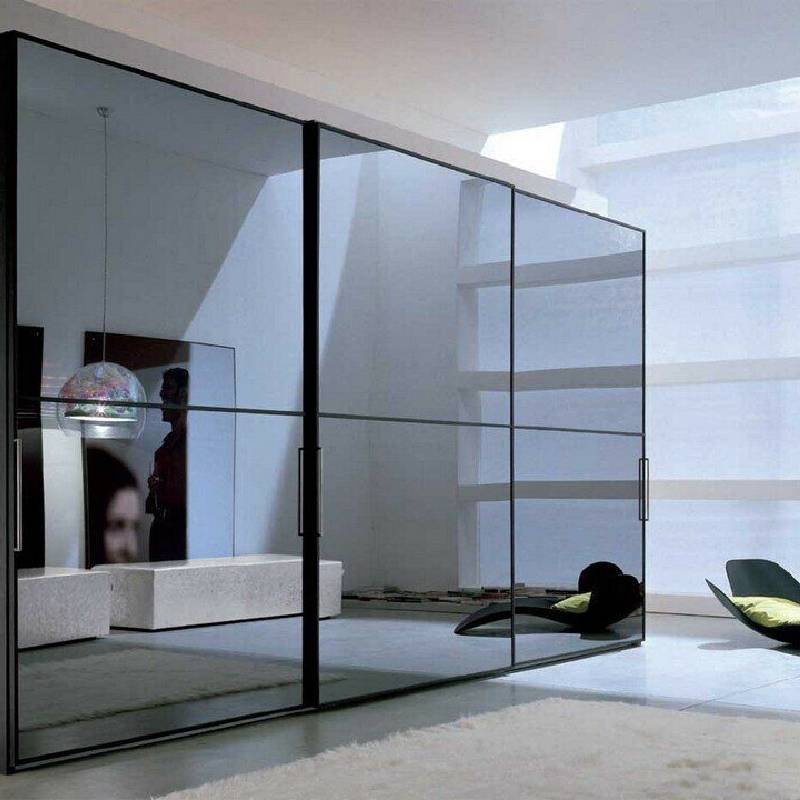

The Evolution and Importance of Low-E2 Glass in Modern Architecture
In the realm of modern architecture, the quest for energy efficiency has led to revolutionary advancements in building materials. One such innovation gaining prominence is Low-E2 glass. This type of glass plays a crucial role in enhancing the energy performance of buildings while maintaining aesthetic appeal, thus setting new standards in architectural design and sustainability.
What is Low-E2 Glass?
Low-E2 (Low Emissivity) glass is a specialized type of insulating glass that is treated with a microscopically thin coating. This coating is designed to reflect infrared light, keeping heat inside during winter months while rejecting heat during the summer. The 2 in Low-E2 refers to the glass's ability to provide a higher level of performance compared to its predecessor, Low-E1 glass. Additionally, Low-E2 glass allows ample natural light to permeate indoor spaces, improving the overall ambiance without compromising on energy efficiency.
Energy Efficiency Benefits
One of the most significant advantages of Low-E2 glass is its energy efficiency. Traditional single-pane or even double-pane glass can significantly contribute to energy loss in buildings. In contrast, Low-E2 glass reduces the amount of heat that escapes during colder months and minimizes heat gain during warmer months. Studies have shown that implementing Low-E2 glass in residential and commercial buildings can reduce energy costs by a significant margin, often between 30% to 50% compared to buildings using standard glazing options.
Moreover, Low-E2 glass contributes to a decrease in the demand for heating and cooling systems, leading to a smaller carbon footprint for the building. This not only helps in combating climate change but also contributes to lowering operating costs for homeowners and businesses alike.
UV Protection and Indoor Comfort

Another key benefit of Low-E2 glass is its ability to block harmful ultraviolet (UV) rays. Prolonged exposure to UV rays can lead to fading of furniture, carpets, and artwork, prompting costly replacements. By using Low-E2 glass, buildings can provide a protective barrier against UV radiation, thereby preserving the interior aesthetics for years to come.
Additionally, the thermal performance of Low-E2 glass translates to improved indoor comfort. By maintaining a consistent temperature, buildings are less likely to experience hot or cold spots, which can often lead to discomfort for occupants. This is particularly crucial in large commercial buildings where individual comfort can significantly impact productivity and overall morale.
Aesthetic Appeal and Design Flexibility
While Low-E2 glass is celebrated for its practicality, it does not compromise on aesthetics. Available in various tints and finishes, it can be seamlessly integrated into a wide array of architectural designs. Architects can utilize Low-E2 glass to create stunning facades that not only appeal visually but also enhance the building's energy performance.
Large glass windows and walls are now commonplace in modern design, allowing for breathtaking views and natural light influx. With Low-E2 glass, architects can ensure that these elements do not result in excessive heat gain or loss, allowing them to push the boundaries of contemporary design without environmental compromise.
Conclusion A Step Toward Sustainability
As the world increasingly prioritizes sustainability and eco-friendliness, Low-E2 glass stands out as a leading solution in architectural materials. Its energy efficiency, UV protection, and aesthetic flexibility offer a win-win for both builders and occupants alike. With a commitment to incorporating Low-E2 glass into new projects, architects and builders not only reduce their carbon footprint but also enhance the quality of life for those who inhabit these spaces.
In summary, the adoption of Low-E2 glass is not just a trend but a necessary evolution in building practices that aligns with the goals of modern society to create spaces that are energy efficient, environmentally friendly, and strikingly beautiful. As we move further into the 21st century, Low-E2 glass will undoubtedly play a pivotal role in shaping the buildings of tomorrow.